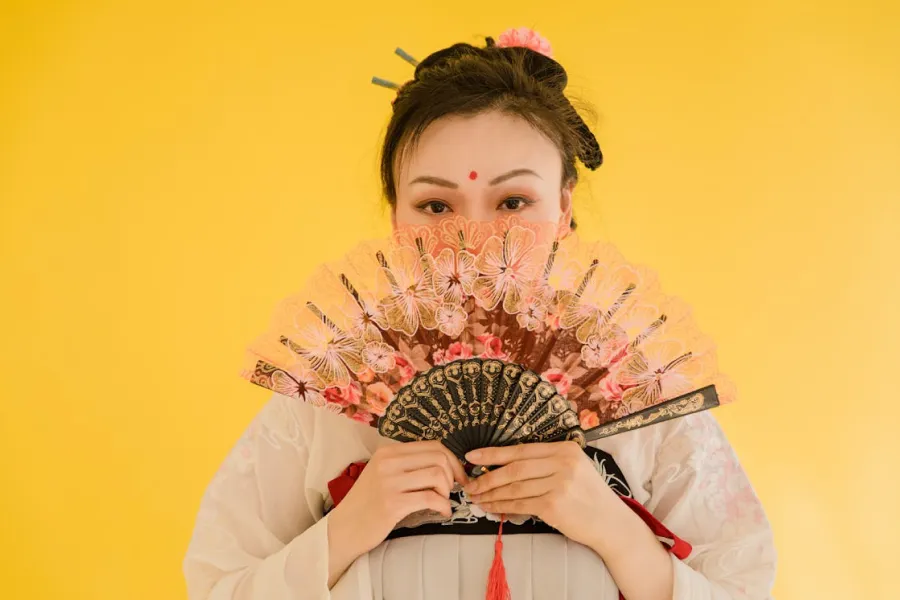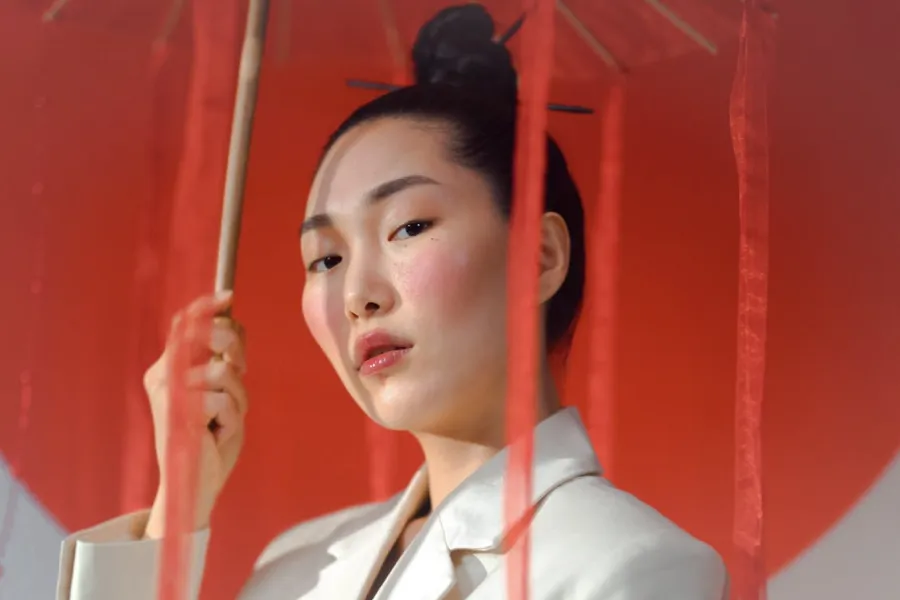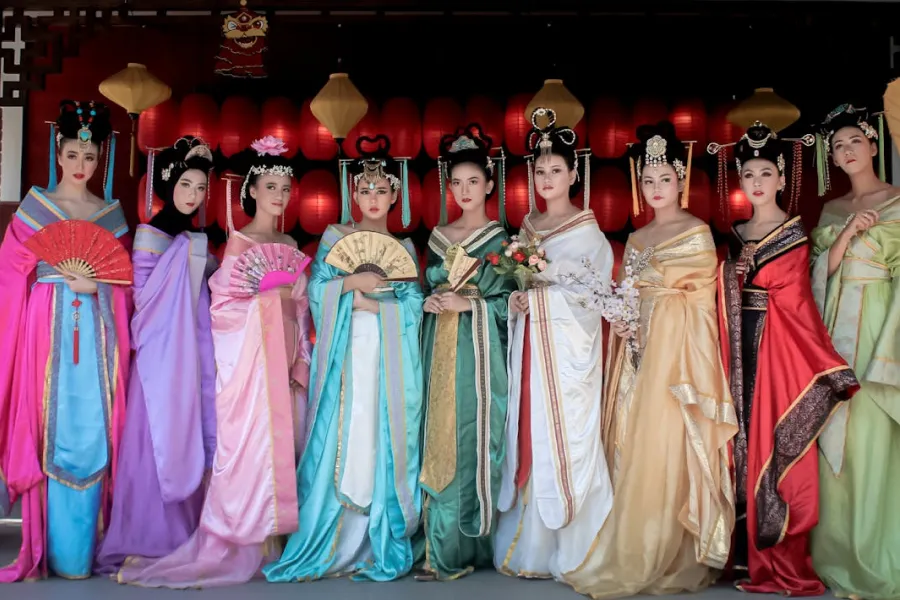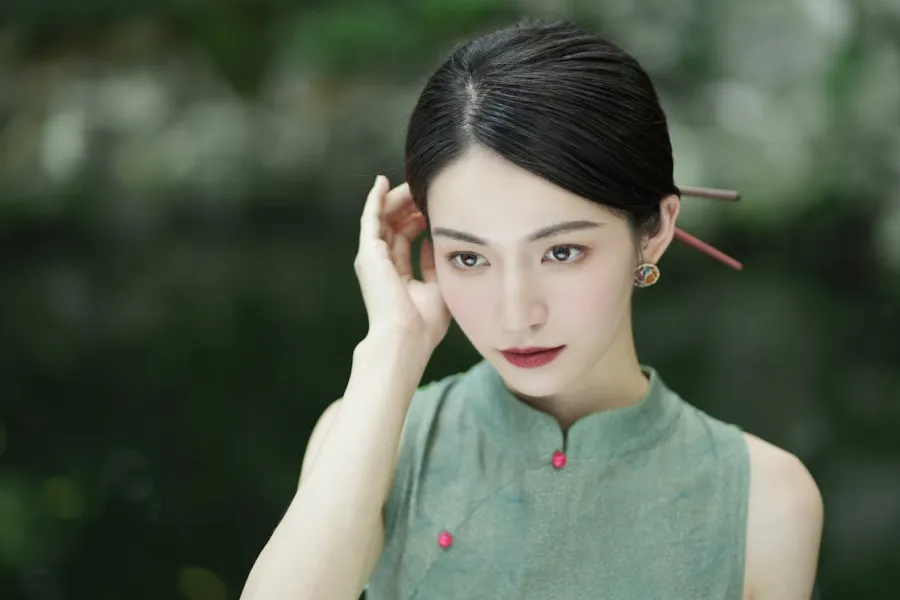
In recent years, Modern East Asian Beauty Influences have transformed not only regional styles but also global beauty practices. From Chinese Beauty Skincare Trends to K-beauty-inspired innovations, these aesthetics bridge centuries of tradition with today’s fast-paced lifestyle demands. The fascination lies not only in their visual appeal but also in the philosophy of care, discipline, and cultural storytelling behind each look.
What sets them apart is the deep integration of heritage with innovation. Ancient herbal remedies meet cutting-edge formulas, creating products and routines that feel both familiar and groundbreaking. This balance between past and present is what makes these trends so enduring — and so influential.

One of the most striking aspects of these beauty influences is the priority given to healthy, radiant skin. Practices like Asian Skincare Routines For Glowing Skin focus on prevention rather than correction. Instead of masking flaws, the goal is to build skin health from the ground up.
Multi-step routines, often ranging from five to ten steps, might sound complex, but they are rooted in self-care and mindfulness. Cleansing balms dissolve makeup and sunscreen without stripping the skin. Hydrating toners prepare the skin to absorb nourishing essences and serums. Lightweight moisturizers lock in hydration without clogging pores, and SPF becomes a daily essential rather than an occasional step.
The Understanding Chinese Beauty Ideals Through Culture, History & Modern Change digital guide explores how these habits evolved from ancient herbal remedies to modern dermal science. It offers readers practical advice, helping them build their own routines while understanding the cultural significance behind each step.
Makeup across East Asia often emphasizes enhancing natural features rather than dramatically altering them. East Asian Makeup Styles Gaining Popularity now blend soft gradients, lightweight formulas, and understated tones to create a fresh-faced, youthful effect.
Techniques like gradient lips, where color fades softly from the center outward, create a delicate, romantic look. Eyeshadows in neutral or pastel shades brighten the gaze without overpowering the face. Even brows follow a straighter, more natural shape, conveying innocence and approachability.
The same digital guide dives into these techniques with visual examples and cultural explanations, helping readers understand why certain features — like softly arched brows or blurred lip edges — carry such meaning. By understanding the cultural context, beauty enthusiasts can adopt these styles with more authenticity.
Trends don’t emerge randomly — they reflect centuries of social values, traditions, and artistry. The Cultural Impact On East Asian Beauty Standards reveals a deep connection between appearance and personal identity in many East Asian societies.
Historically, pale skin symbolized nobility and leisure, while smooth, blemish-free complexions indicated good health. These ideals shaped rituals, product development, and even the ingredients used. Today, while society embraces broader definitions of beauty, echoes of these preferences remain, influencing everything from skincare advertising to makeup color palettes.
By exploring the cultural roots of these preferences, the guide empowers readers to see beauty not as a fleeting trend, but as a reflection of shared values and heritage.

The rise of Popular Beauty Products From East Asia has shifted the beauty industry’s center of gravity. Sheet masks are now staples in beauty aisles worldwide. Essences, once unfamiliar to Western consumers, are now celebrated for their ability to hydrate and prep the skin.
Unique ingredients like ginseng, green tea, snail mucin, and fermented rice extract have gained cult followings. These products aren’t just about results — they offer a sensory ritual that turns skincare into a daily pleasure. This combination of effectiveness and experience is why they resonate with so many consumers globally.
For beauty professionals, understanding Modern East Asian Beauty Influences is crucial for staying relevant. These trends often act as early indicators of what will capture the global market next. Practices like double cleansing and essence layering began as niche habits and are now seen as essential steps in many routines worldwide.
The Understanding Chinese Beauty Ideals Through Culture, History & Modern Change digital guide distills centuries of cultural evolution into an accessible, practical format, making it a valuable resource for both professionals and enthusiasts.
Incorporating these influences doesn’t require adopting a ten-step routine overnight. Small, intentional changes can make a big impact. Choosing a gentle cleanser over a harsh one, swapping a heavy foundation for a lightweight BB cream, or adding an essence before moisturizing can elevate both the look and feel of your skin.
These small adjustments not only improve skin health but also align your beauty habits with a philosophy rooted in balance, care, and subtlety.

The future of these influences will likely merge advanced technology with time-honored traditions. Expect to see more AI-powered skincare tools, eco-friendly packaging innovations, and ingredient sourcing that honors both nature and science.
As sustainability and inclusivity become central to global beauty conversations, East Asian brands are poised to lead the charge. By blending cultural heritage with modern demands, they can continue to inspire trends that are not only beautiful but also ethical and forward-thinking.
Engaging with resources like the Understanding Chinese Beauty Ideals Through Culture, History & Modern Change digital guide offers both education and inspiration — helping you stay ahead of the curve while appreciating the depth behind every trend.
Leave a comment